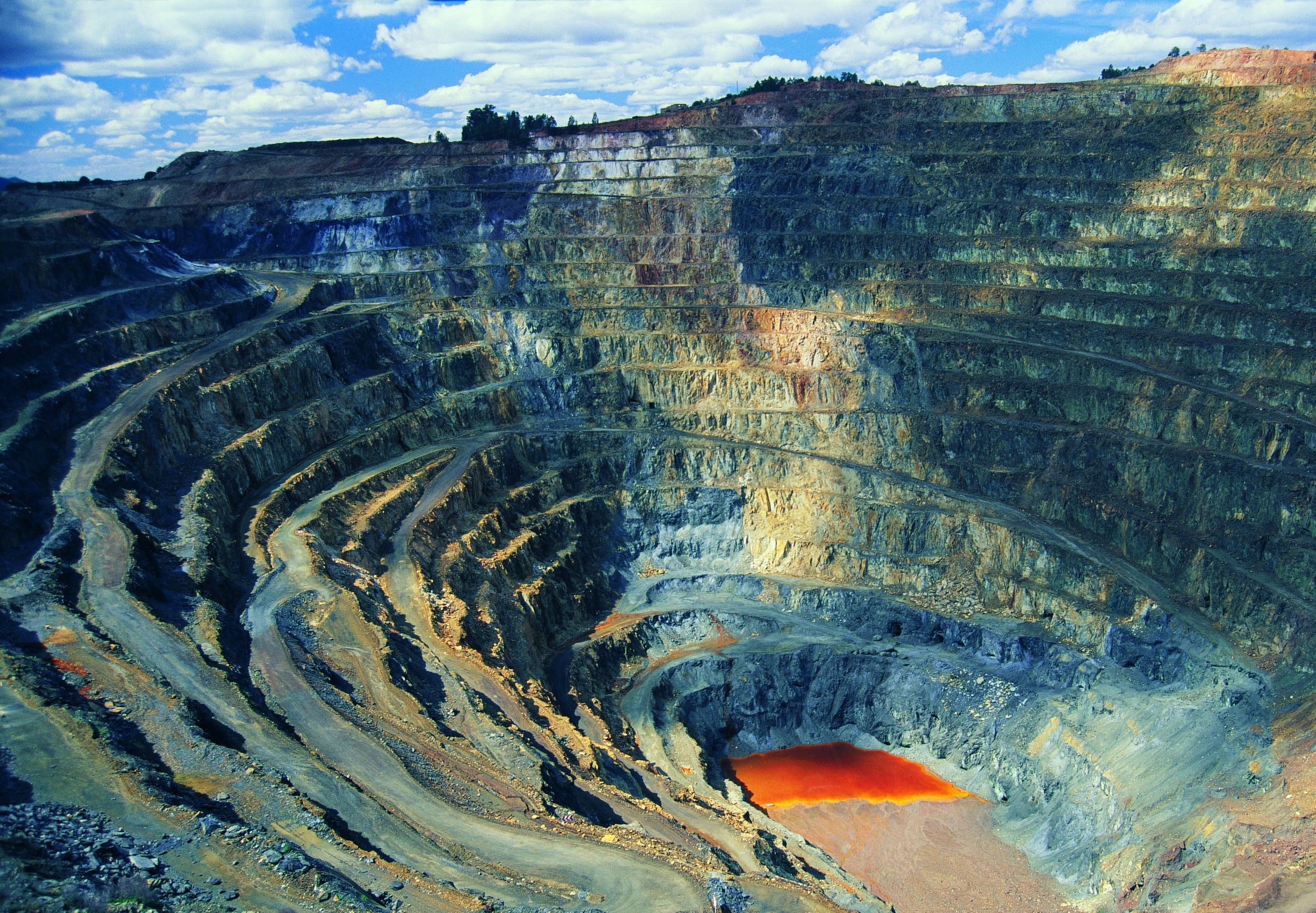Huelva is an Andalusian province with 525,000 inhabitants, it includes 79 municipalities, but only the capital has more than 30,000 inhabitants, therefore, the role of the Provincial Council is key in the territory. The demographic landscape is differentiated: the population is concentrated mainly in the capital, its metropolitan area and the coast.
The municipalities of the province of Huelva are grouped into regions: Andévalo, Condado de Huelva, Cuenca Minera, Costa Occidental and Sierra de Aracena-Picos de Aroche.
30.3% of its provincial territory is considered a protected natural space, with parks as emblematic as the Doñana National Park, the Doñana Environment Natural Park or the protected landscape of Río Tinto, the Marismas del Odiel Natural Park or the Marisma del Río Piedras and Flecha del Rompido Natural Area, and the Sierra de Aracena and Picos de Aroche Natural Park, this percentage is higher than that of Andalusia (18.9%) and much higher than the national one of Spain (12.6% )./p>
The services sector which includes tourism, along with the chemical and manufacturing industries and intensive irrigated agriculture (red fruits) and citrus fruits, in addition to Iberian pig farming and fishing (extractive, aquaculture, shellfish), with mining and the transformation of minerals, are its main economic activities.
Tourism represents 9.8% of the province’s GDP (€950M), in 2019 it received close to 1.5 million tourists who made 5.5 million overnight stays in its regulated accommodations.
Huelva is characterized by sun and beach tourism, sports (Golf), nature and rural, ornithological, gastronomic and cultural tourism.
| Admission to the Smart Tourism Destinations Programme | The Huelva Provincial Council joined the Smart Tourism Destinations programme in 2021, with the Diagnostic Report and Strategic Lines/Action Plan for its transformation into a Smart Tourism Destination being carried out in the summer of 2021. |
| Outstanding initiatives
|
|

